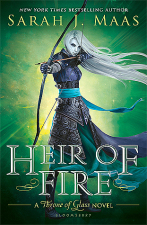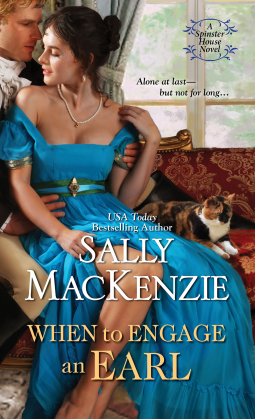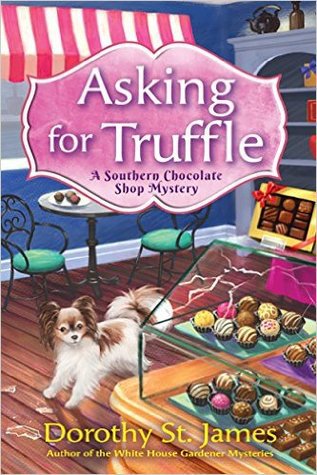The first time Istanbul piqued my interest was in the poetic novel of the french writer Mathias Enard: Parle-leur de batailles, de rois, d’elephants. Tell them of Battles, of Kings and Elephants. The title itself bespeaks the art of storytelling. The premise consisted of a vibrant Michelangelo’s three months in a 1506 Constantinople. At the request of Sultan Bayezid II, he was to present plans for a bridge connecting the Eastern and Western parts of the great capital. The descriptions of the Hagia Sophia, almost as if it were a monument to be revered, became ingrained in my mind. I couldn’t get it out of my mind, to the extent where I would hear Istanbul in fleeting conversations and immediately think about the Hagia Sophia. I’d mostly think about the name, because for reasons unknown to me, I had yet to endeavor googling the entity that supposedly consumed my thoughts in order to better, visually, grasp my fascination.
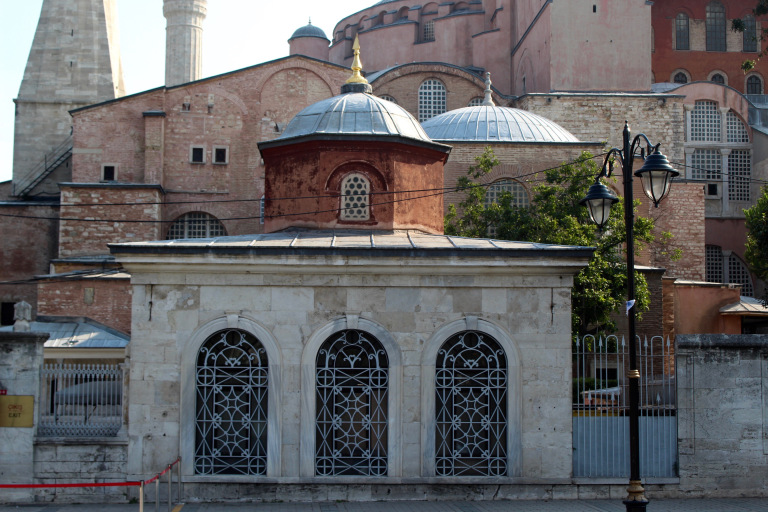
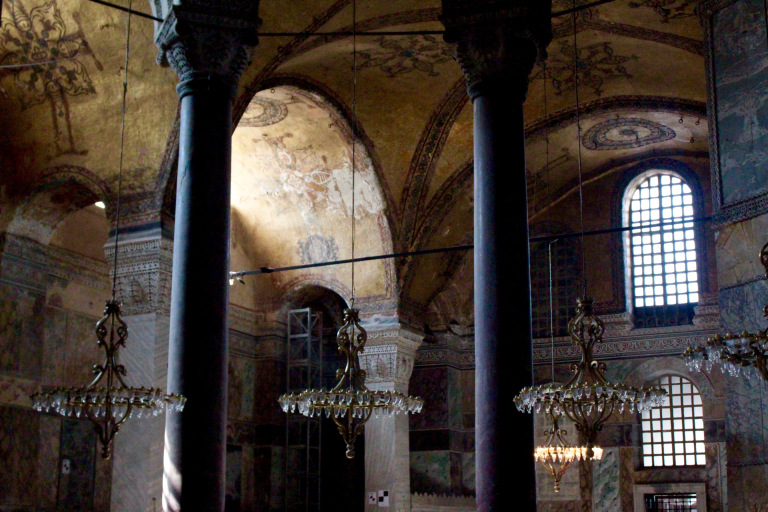
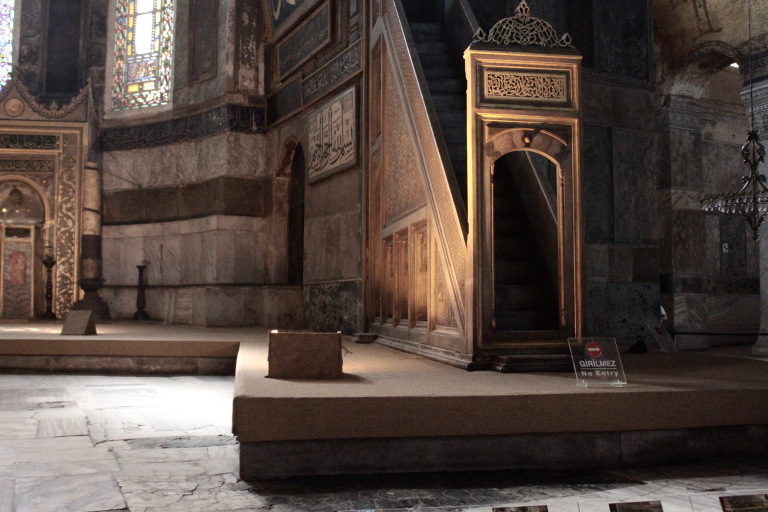
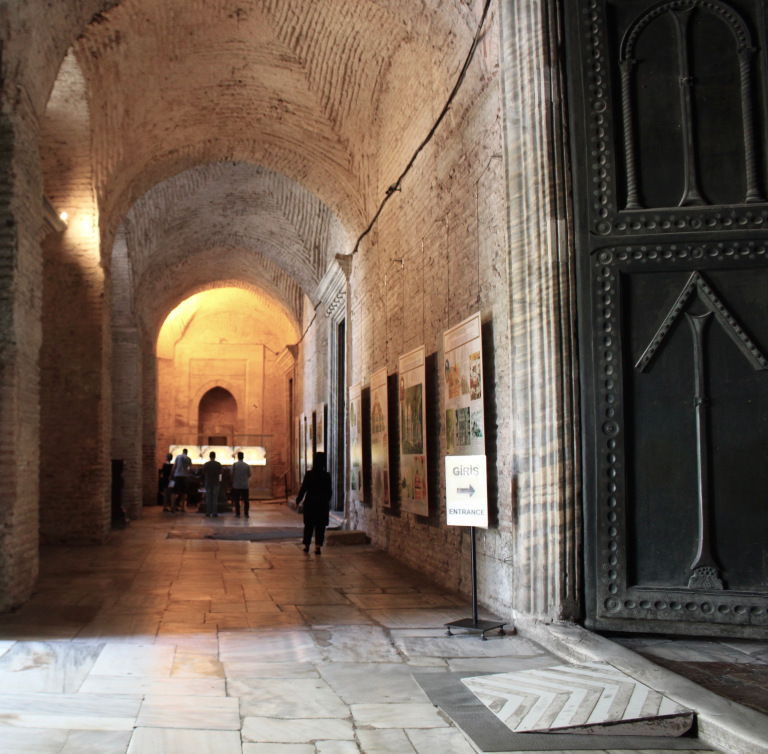
Hagia Sophia: Christian Orthodox Basilica, mosque, and later museum. There’s a historical background to Enard’s inspiration. Sultan Bayezid II did indeed invite a great Renaissance painter, Leonardo Da Vinci, to sketch plans for such a bridge. The Sultan’s architects deemed the proposal impossible and thus, it is said, that the Sultan turned to Michelangelo, who later turned down his offer. It’s funny how fiction can spur fascination at the mere mention of history, events, or people. You are so immersed in this world, so beautifully depicted by a weaver of words, that it only makes sense that anything that makes an impression on the them, a bridge, a novel…could make an impression on you.
Orhan Pamuk would be the next stimulus. I guess being a Nobel Literary Prize winner does bestow upon you the gift of convincing through the medium of language. Snippets of his novel, Istanbul, as well as other novels based in the vibrant city, would provoke a necessity for me to understand the worlds he created. Very rarely does a writer flesh out the setting to a point where it is a pillar of the novel, and even more rarely does the reader have an opportunity to visit said fictional element. It pains me to say what many people will not: District 11 and Hogwarts are, and will continue to be, worlds that we love but that we will never truly touch. However palpable in our minds they may be.
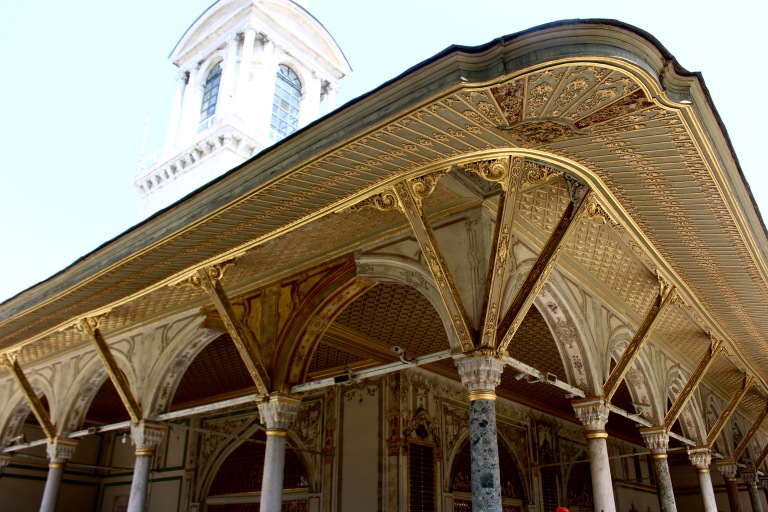
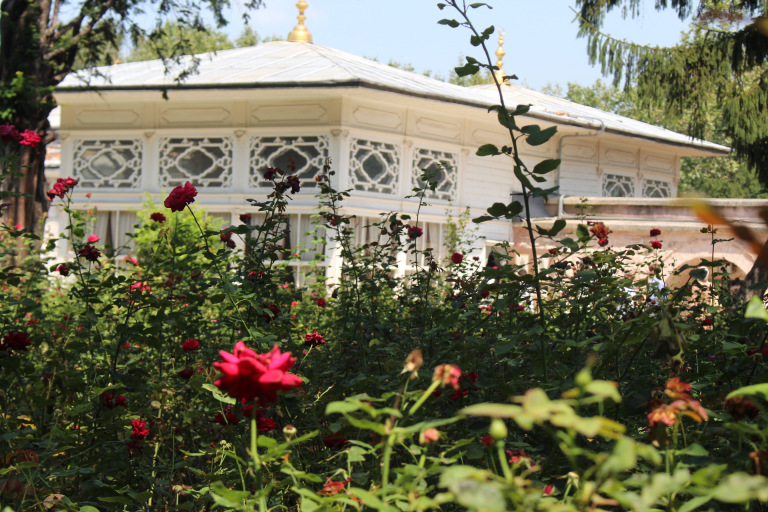
“Life can’t be all that bad,’ i’d think from time to time. ‘Whatever happens, i can always take a long walk along the Bosphorus.” –Orhan Pamuk, Istanbul
The Bosphorous appeared to be a vessel with the ability of breathing life into you. How dare I not visit a city with a bridge, a mosque, and a river whose stories I barely knew and yet already treasured?
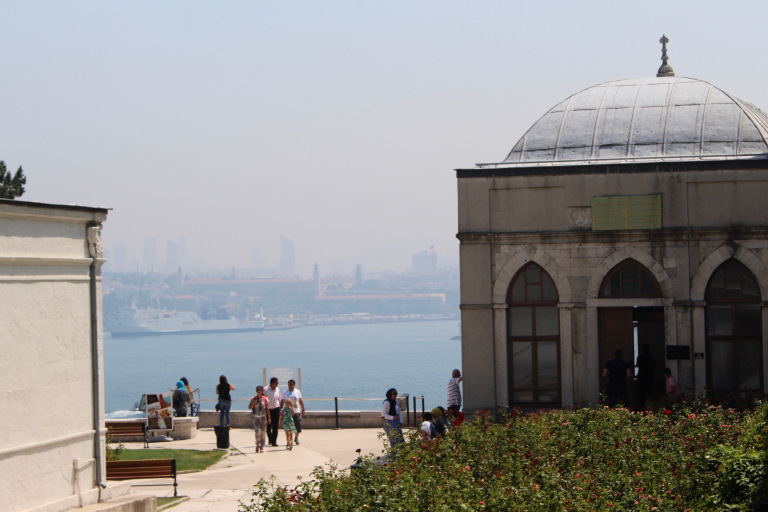
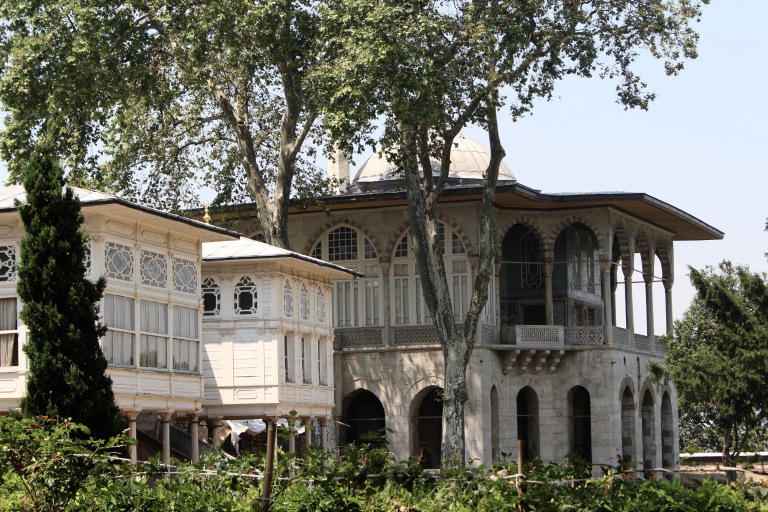
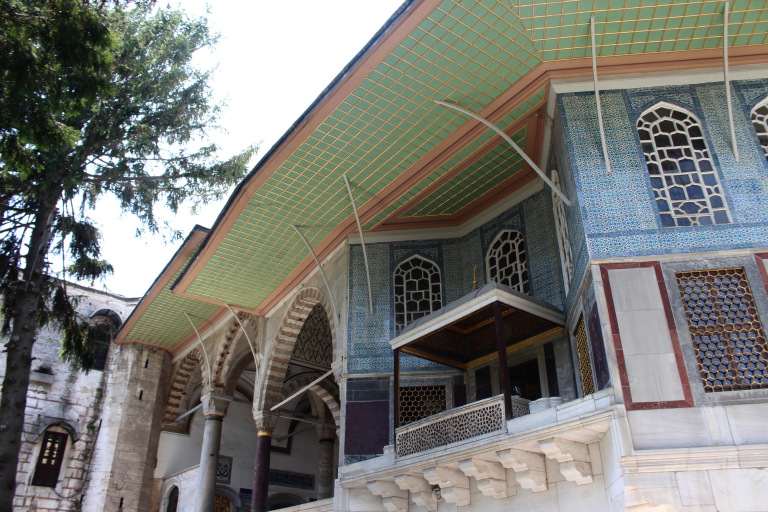
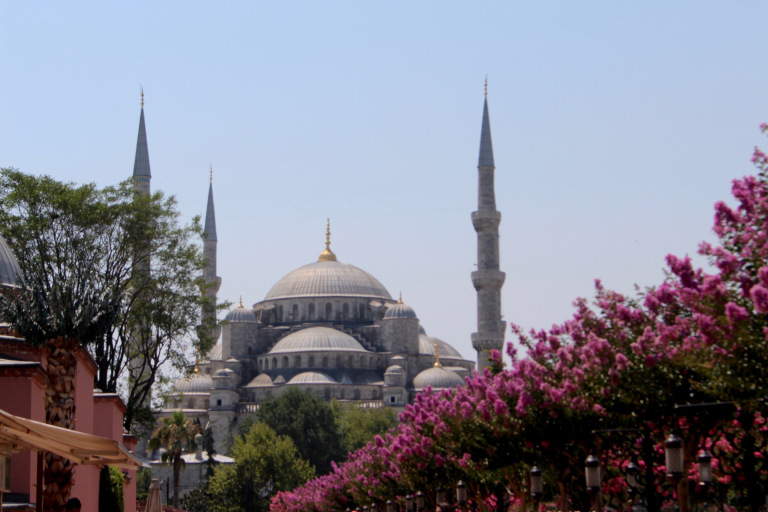
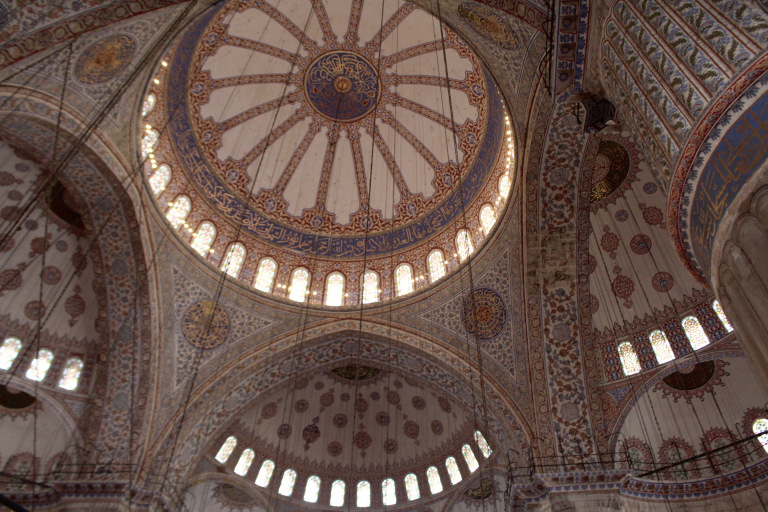
And so that is what I did. I learned about the Christian and Muslim history of the Hagia Sophia and basked in the freshly squeezed orange juice you can order within the museum’s premises. I fell in love with the Blue Mosque and how it seemed to swallow me up in its arms and carpeted floors. I stood in the old roman Hippodrome picturing horses racings towards me, my reveries washed out by the smell of roasting corn by vendors on the plaza. I was taken aback by the Topkapi Palace and the amalgam of studded swords whose differing complexities seemed to showcase economic cleavages through material culture, breeding moving images of the Ottoman Empire. I was astonished by the collection of 280 clocks intricately crafted with fine edges and detail. I never thought I would one day be so fascinated by mechanical clocks. Traveling does indeed help you find yourself, a part of you that you never knew existed. It also concretizes aspects of yourself that you are very much aware of. Incurable enthralment with utter randomness, for example. As much as it is not in any way an emblem of Istanbul culture, I can’t for the life of me forget the lone tree in the Topkapi palace gardens that I swear was cut in half by lightning.
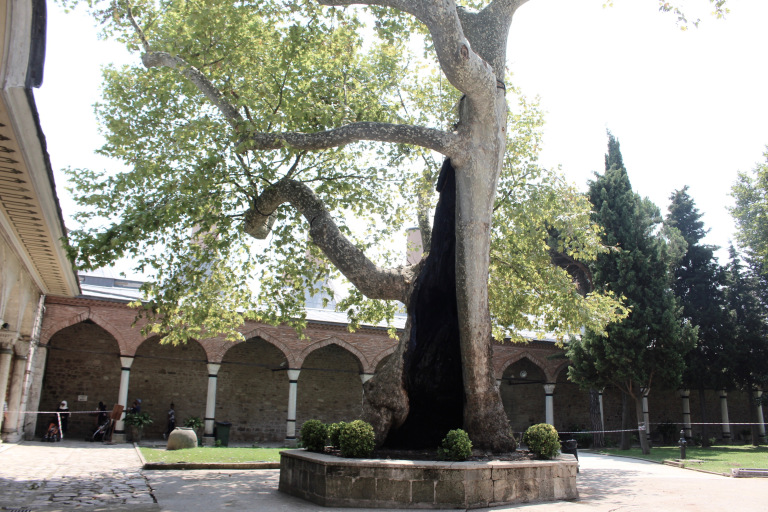
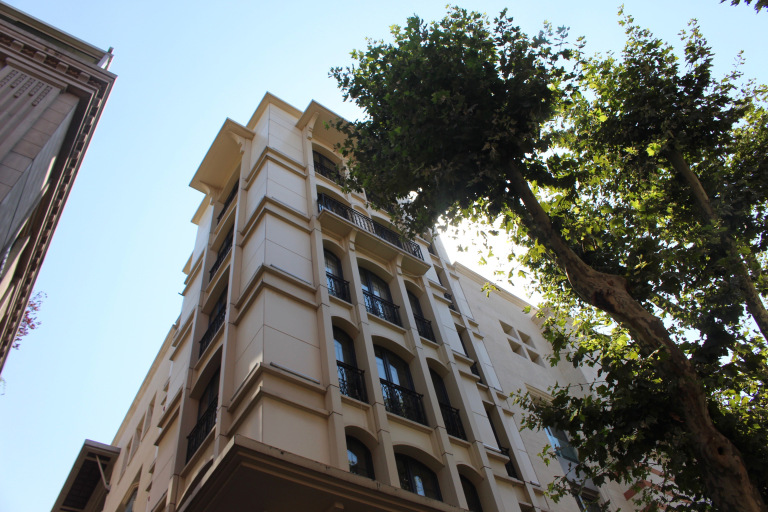
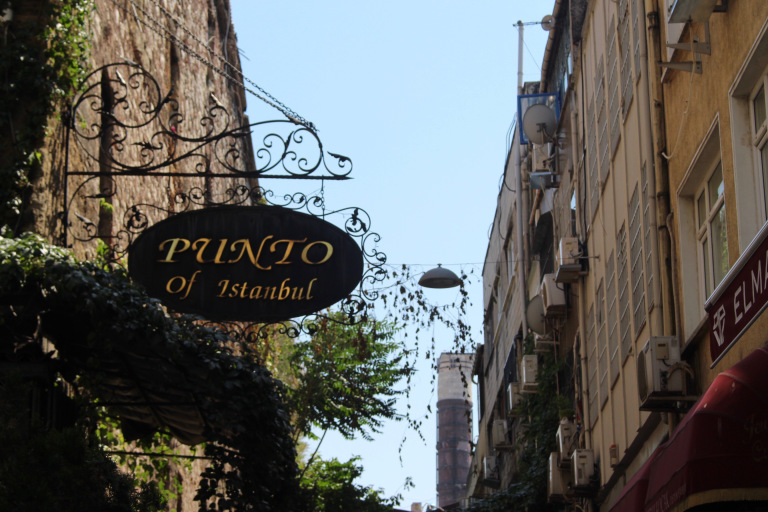
In the four days that I was in Istanbul I became obsessed. For one, obsessed with Matbah Restaurant. Picture a 19th century building teeming with a menu whose every dish is visually appealing and even more tastefully (and emotionally) nourishing. Picture a restaurant with a beautiful view and even more beautiful service (and prices). Picture a restaurant teeming with, well, me. I can honestly say I ate there several times during my short stay. It’s sad to admit it perhaps consumed my thoughts more than more culturally stimulating locales.
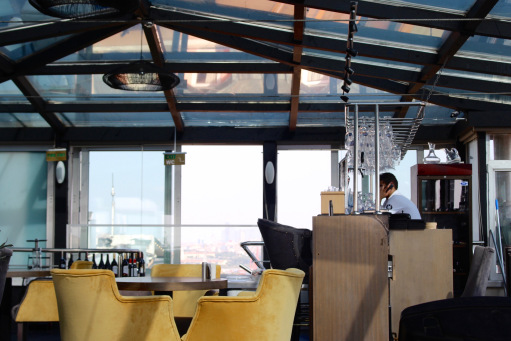
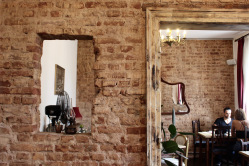
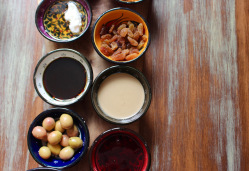
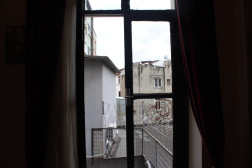

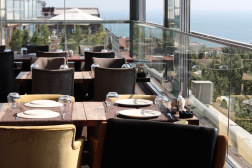
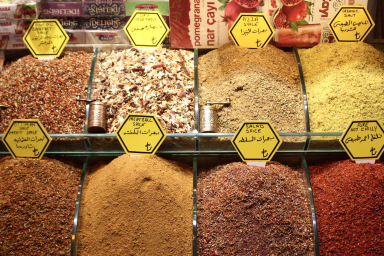
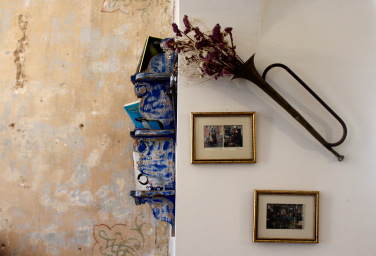
The cozy cafes along with the more high-cut restaurants instantiate the variety that Istanbul houses while staying true to its roots.
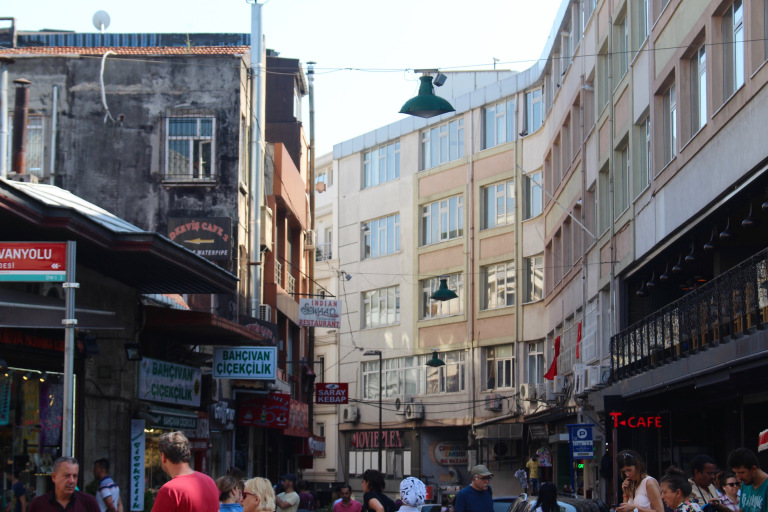
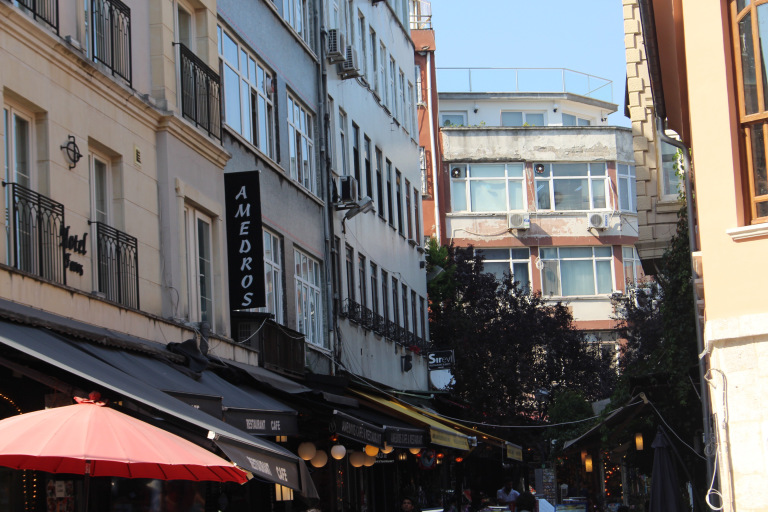
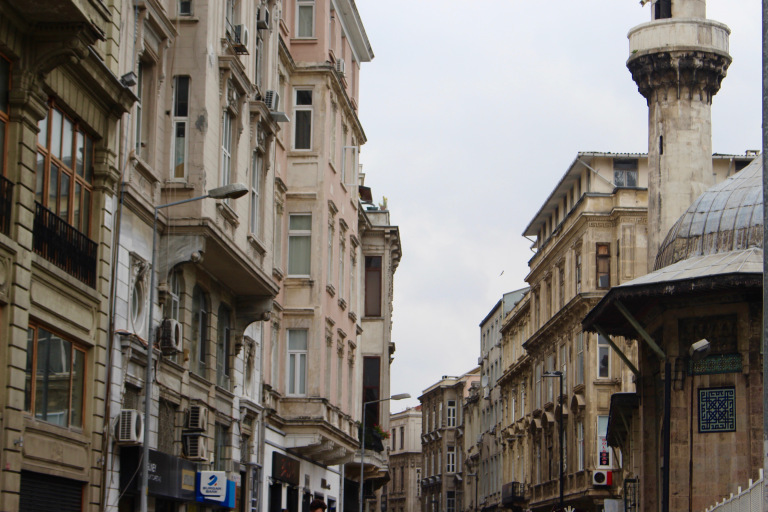
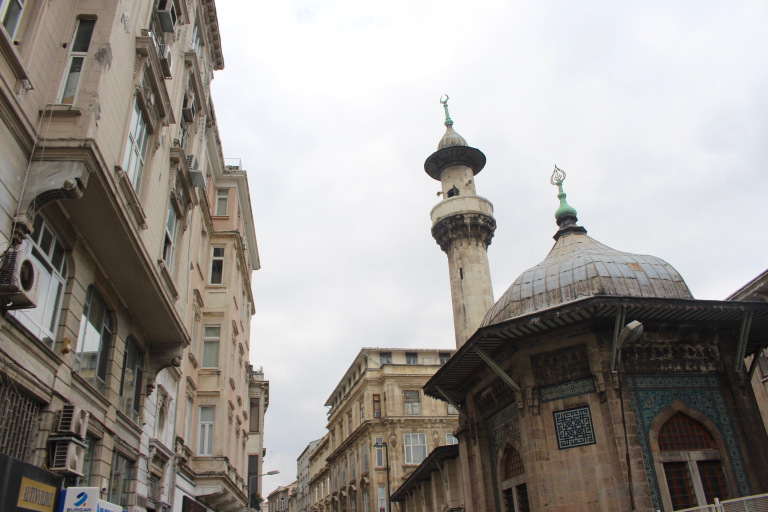
I was, however, mesmerised by so much more: The vibrant colors and imposing edifices of past centuries on a bed of quaint scaffolding faintly worn at the seams. I fell in love with the rainbow stairs linking the Findikli and Cihangir districts and the narrow street blanketed by colorful umbrellas. I thought it dryly humorous and yet enchanting how locals fish from the heights of the Golden Horn Bridge. My mind couldn’t fathom how a city could be split into two different continents. And yet I very easily noticed the remarkable differences in the European versus the Asian sides of the bridge, of Istanbul. I feasted in the pomegranate juice you can find on almost every street corner and the beautiful handwriting of an old man bequeathing personalised notebooks to inquisitive costumers. I took in the traffic, smoke drifting from old and new car models while pedestrians crossed streets that harbored views to magnificent architectural feats in the midst of chaos. I was reminded of Bogota. For some reason, cities that share distinct features of my hometown render them more familiar, and oddly more beautiful.
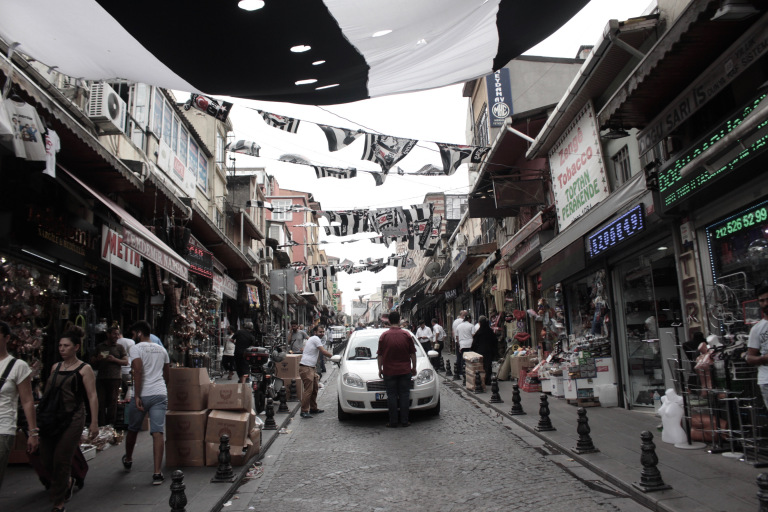
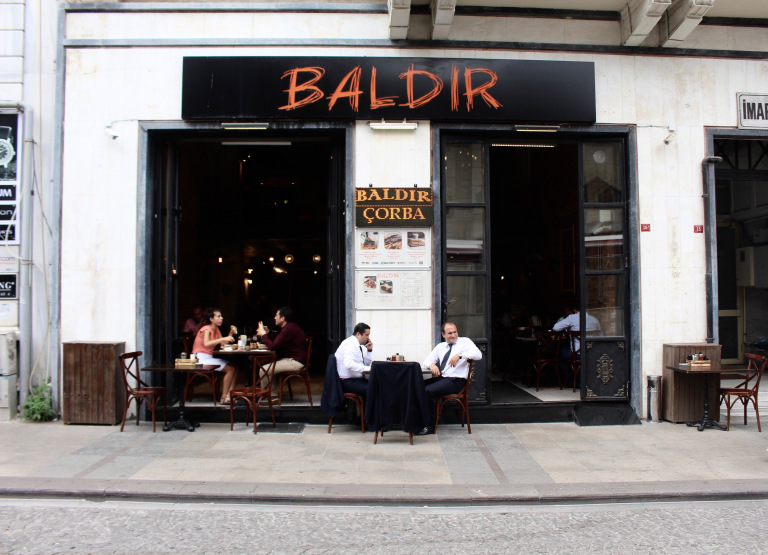
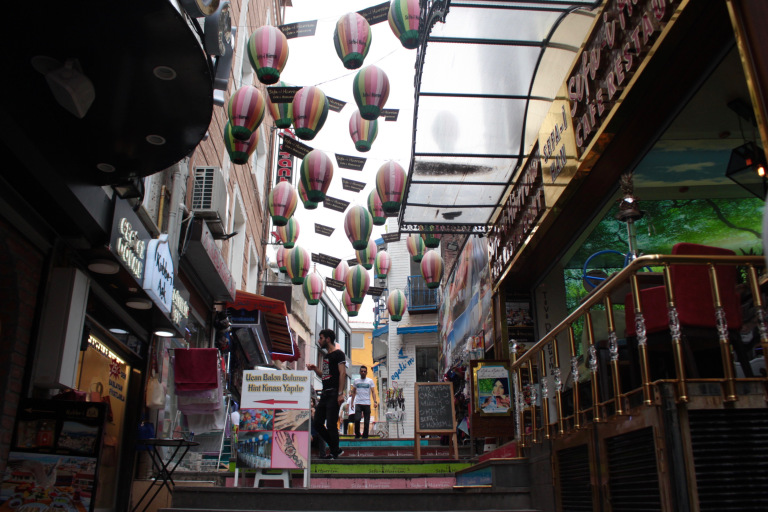
Cities are more than material spaces. They tell stories and they, like, music, have a melody to them. Some summon nightlife and social thriving while others invoke wistfulness. When I think of Istanbul, I think of Orhan Pamuk. Most precisely, I think about hüzün.
“Hüzün, which denotes a melancholy that is communal rather than private. Offering no clarity, veiling reality instead, hüzün brings us comfort, softening the view like the condensation on a window when a teakettle has been spouting steam on a winter’s day. Steamed-up windows make me feel hüzün, and I still love getting up and walking over to those windows to trace words on them with my finger. As I shape words and figures on the steamy window, the hüzün inside me dissipates and I can relax; after I have done all my writing and drawing, I can erase it all with the back of my hand and look outside. But the view itself can bring its own hüzün. It is time to come to a better understanding of this feeling that the city of Istanbul carries as its fate.”\
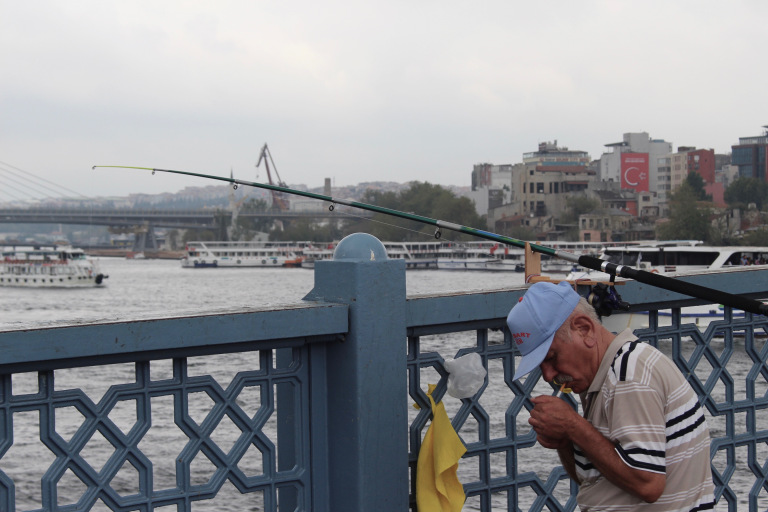
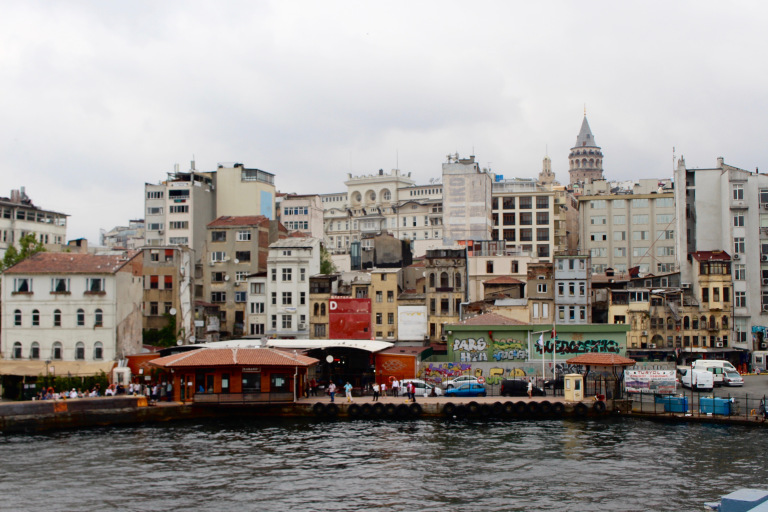
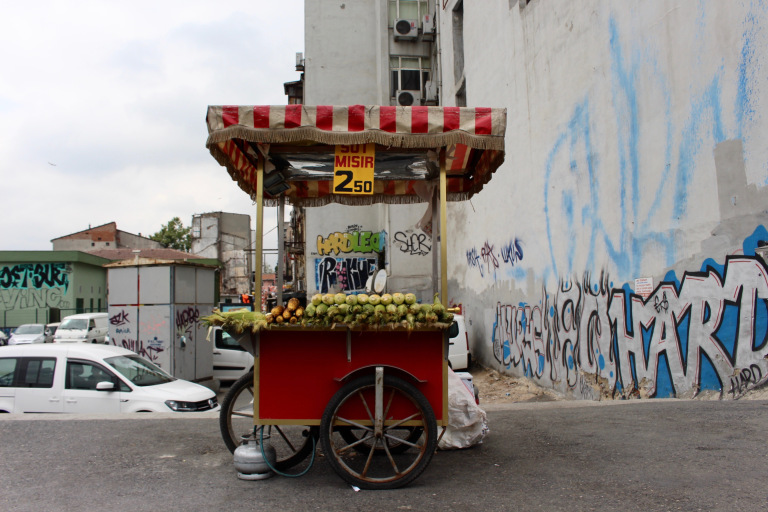
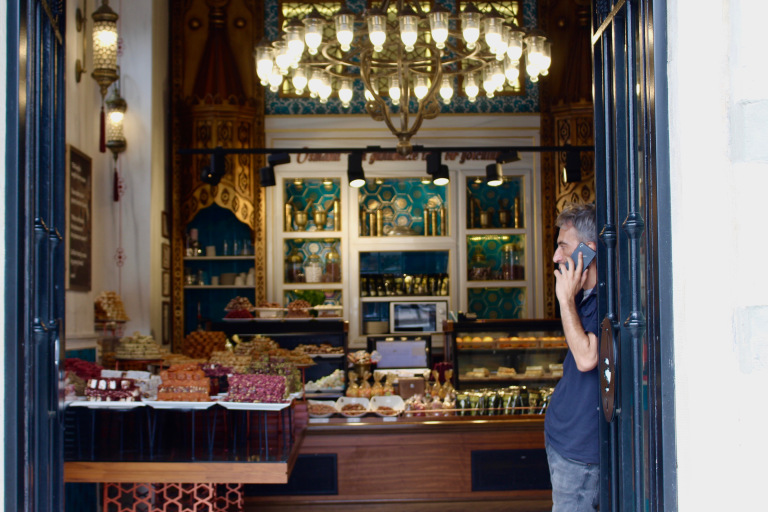
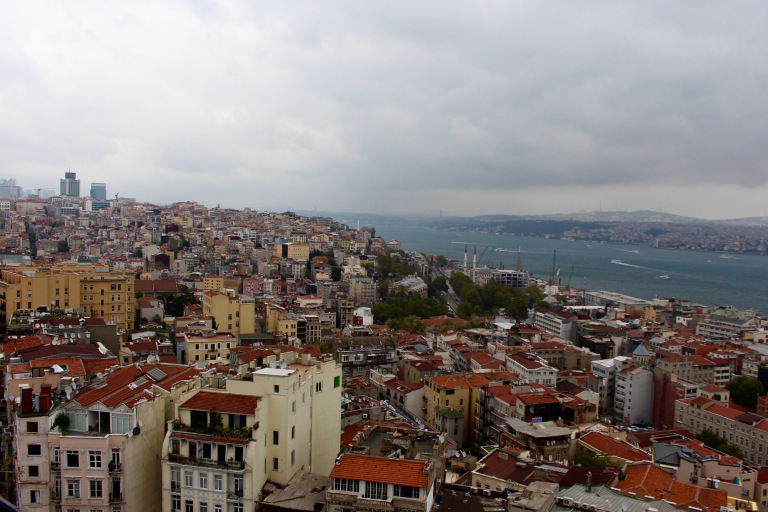
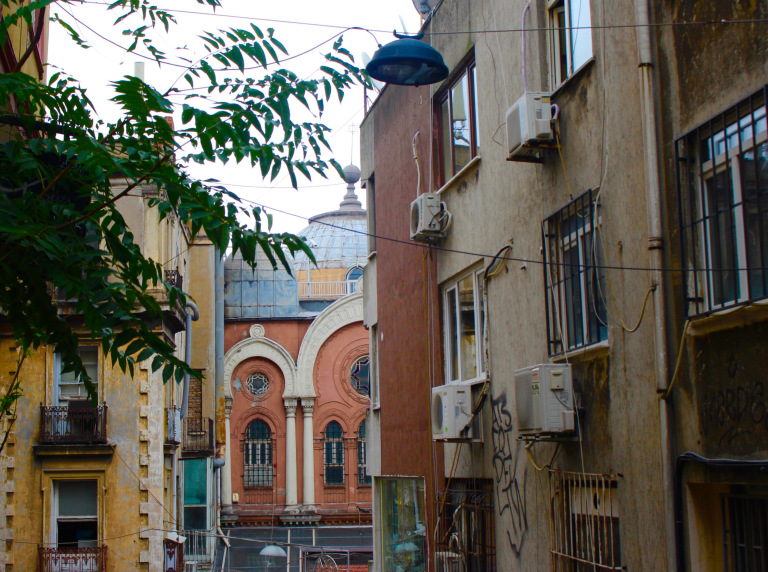
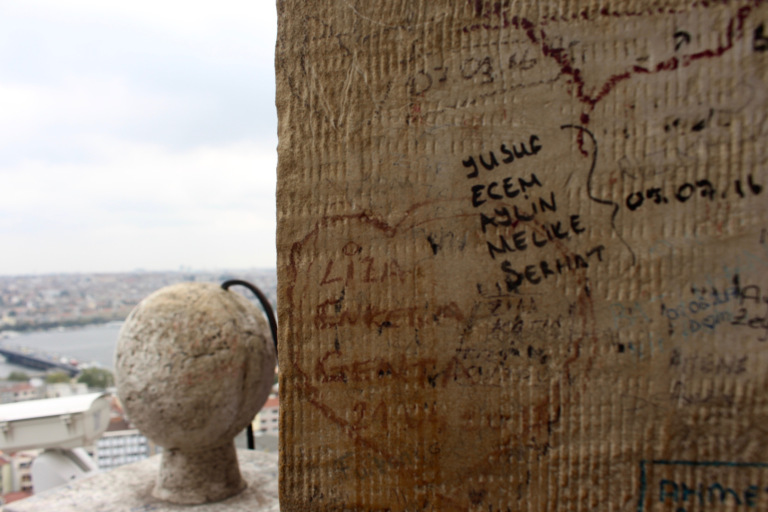
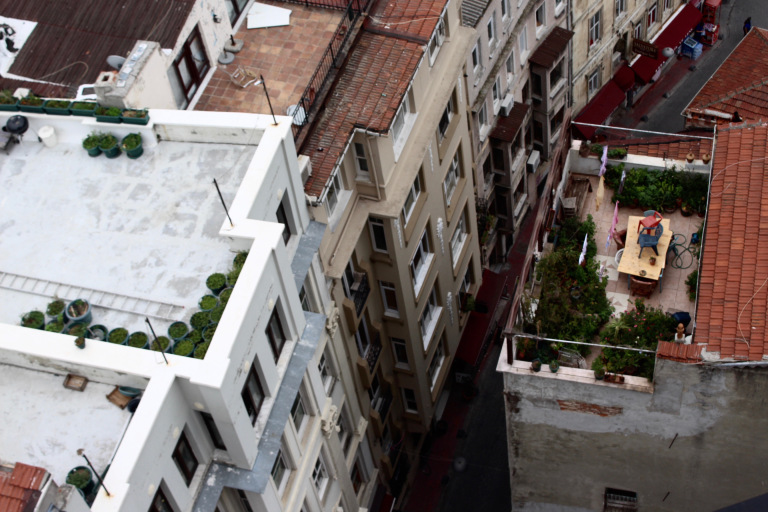
Voila Istanbul and the hüzün which may or may not dwell in its every surface.
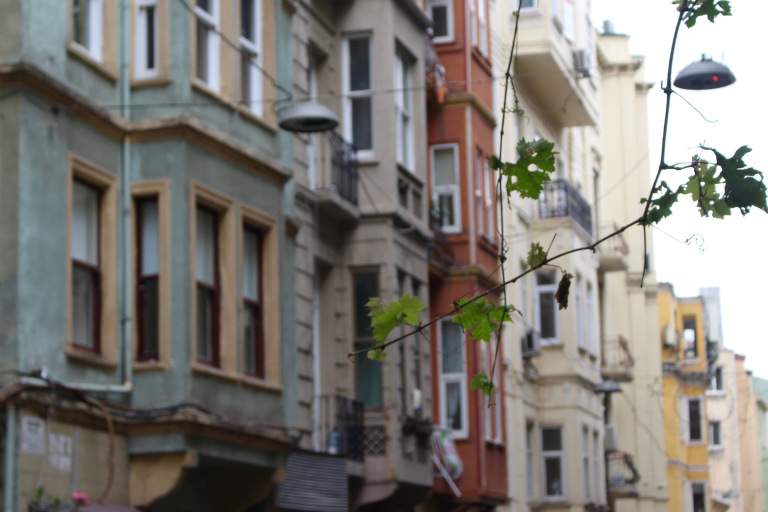
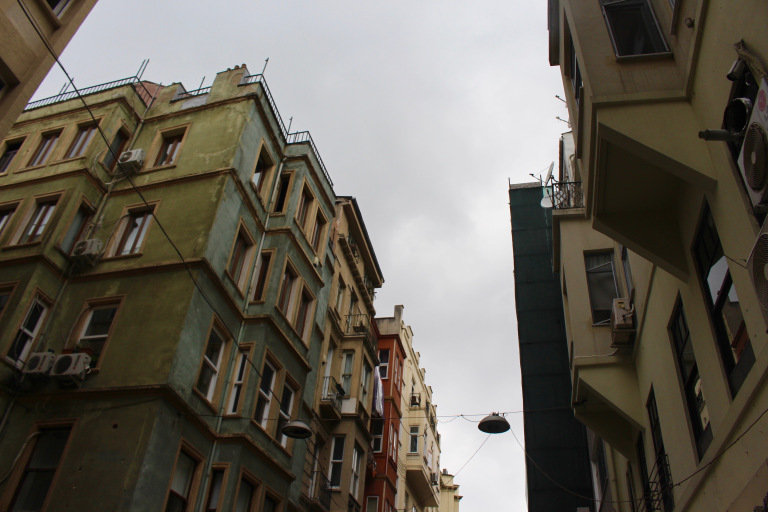
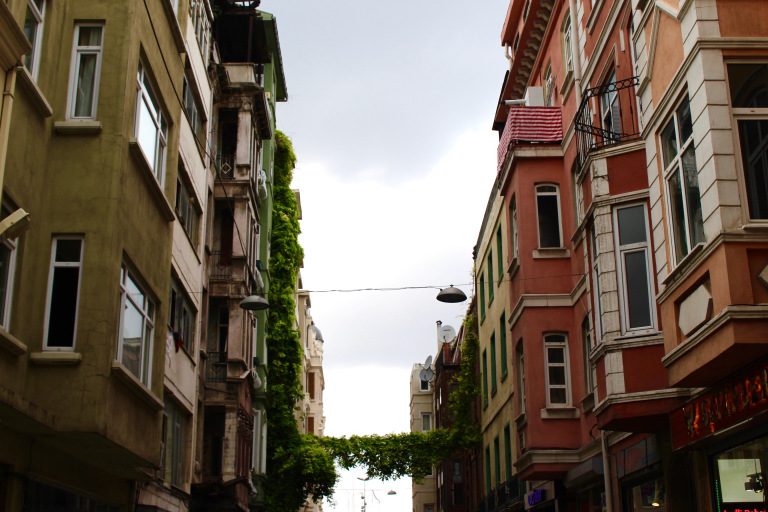
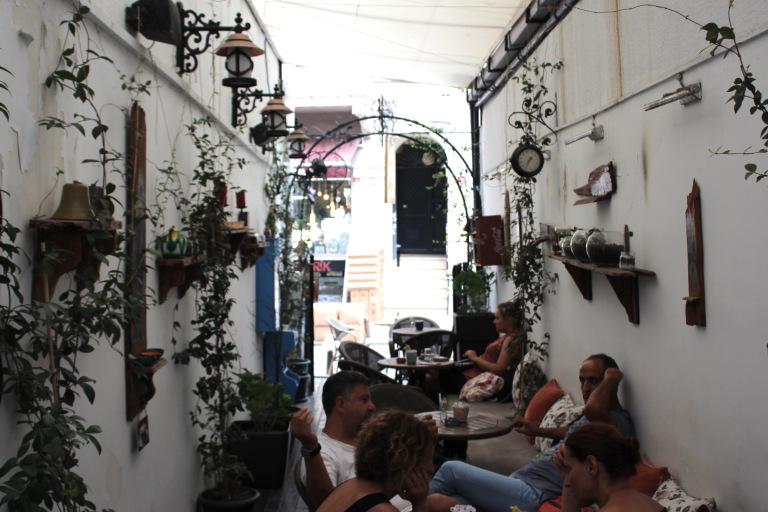
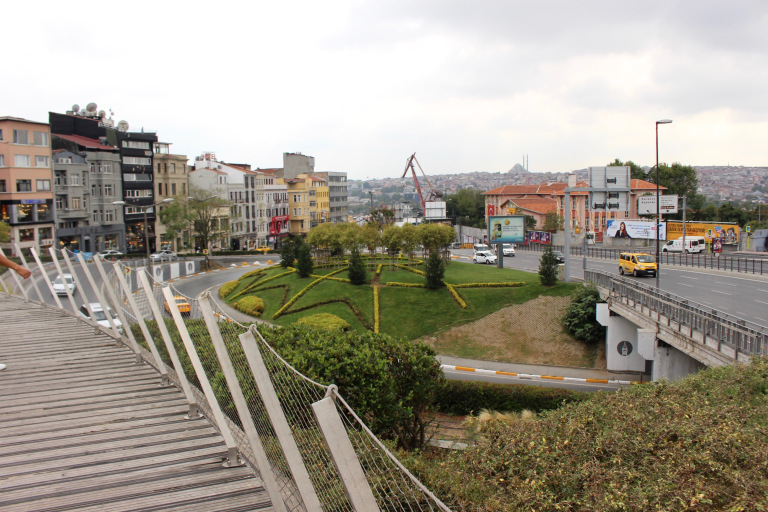
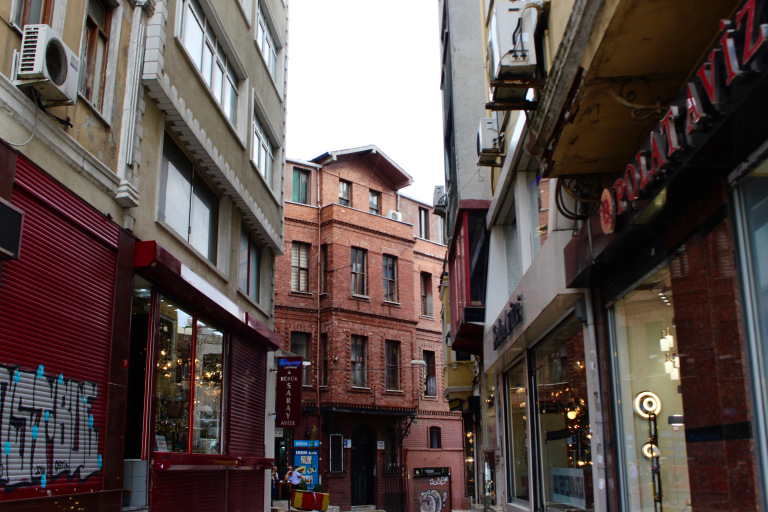
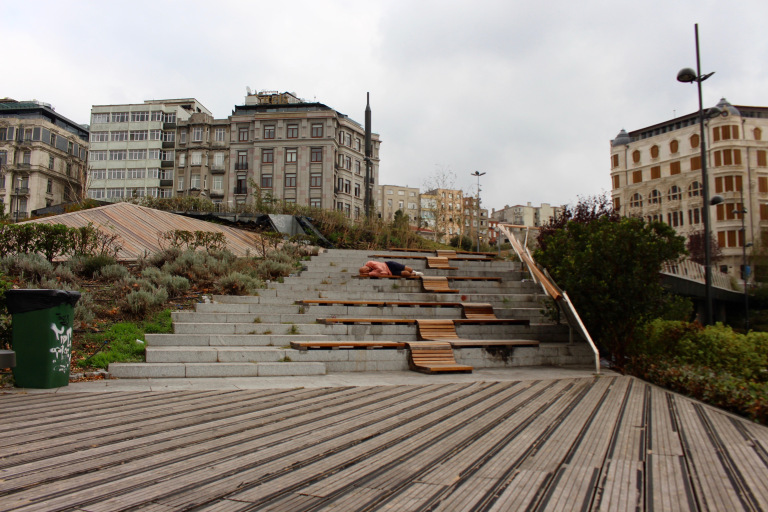
Are there any cities that you feel exude a particular emotion, or that invoke a certain feeling? Let me know in the comments below. Advertisements Share this:

